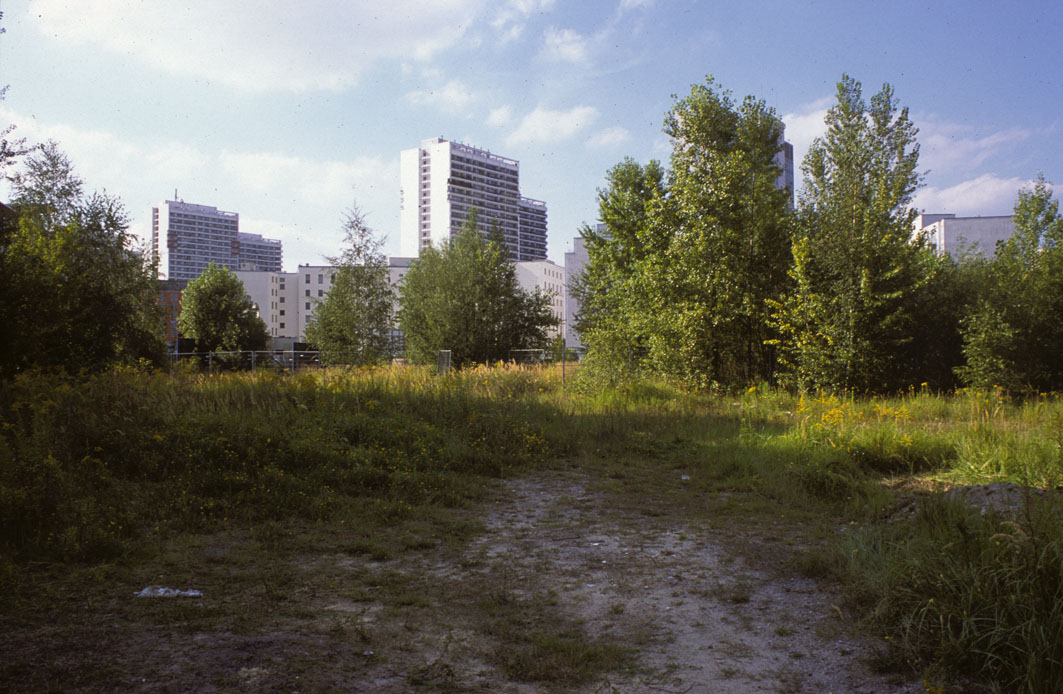
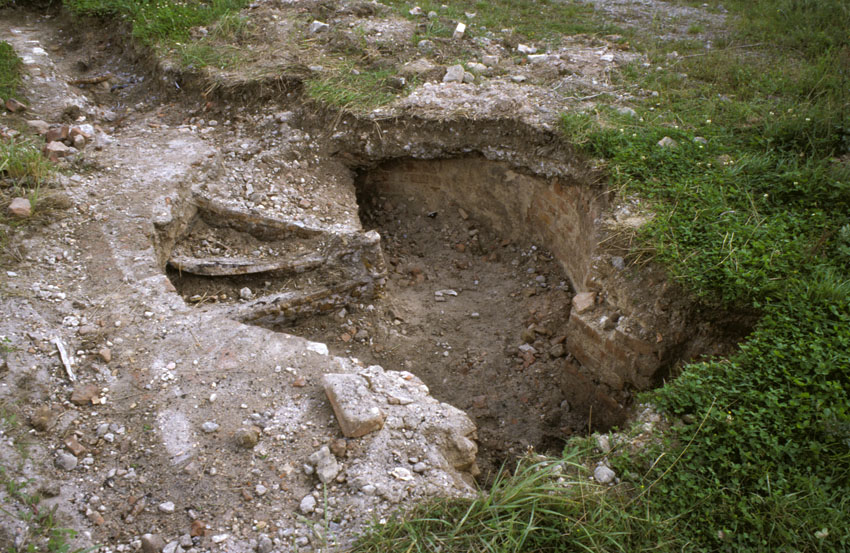
2011
Temporary public sculpture, Skulturenpark
Berlin_Zentrum, Berlin-Kreuzberg (DE)
Excavated spiral staircase, 80 color slides, spiral drawing edition
Artist Erik Smith began searching for building foundations to excavate in an overgrown, vacant lot in Berlin. After two days of digging, he unearthed the top of a curved wall, whereupon his shovel struck a hollow sound. Like an archeologist on the precipice of a chance discovery, Smith methodically uncovered a wholly intact, cast-iron, spiral staircase, a nineteenth-century remnant preserved below the “death strip” of the Berlin Wall.
The excavation is located at Skulpturenpark Berlin_Zentrum, on one of the few remaining “green zones” leftover from the Cold War division. The staircase and evidence of its discovery, an impressive pile of dirt and rubble, resonate in stark contrast to the massive construction sites and new buildings that surround it. At the center of this real estate frenzy, Smith produces an architecture, a staircase downward emerging.
Little is yet known about its history. The staircase is a recognizable entity, but like the missing floors above, anonymous and hermetic. As an artwork, Smith’s open-ended exploration calls to mind Nietzsche’s writings on the principle of a limited horizon—a space established in which one is not responsible to answer all questions or consider all perspectives. By holding them at bay, one can learn something else. In this way, it can be understood that the process of a discovery made in situ, with physical persistence, has its own status, and that knowing the "facts" might not help such a discovery, but only interrupt it.

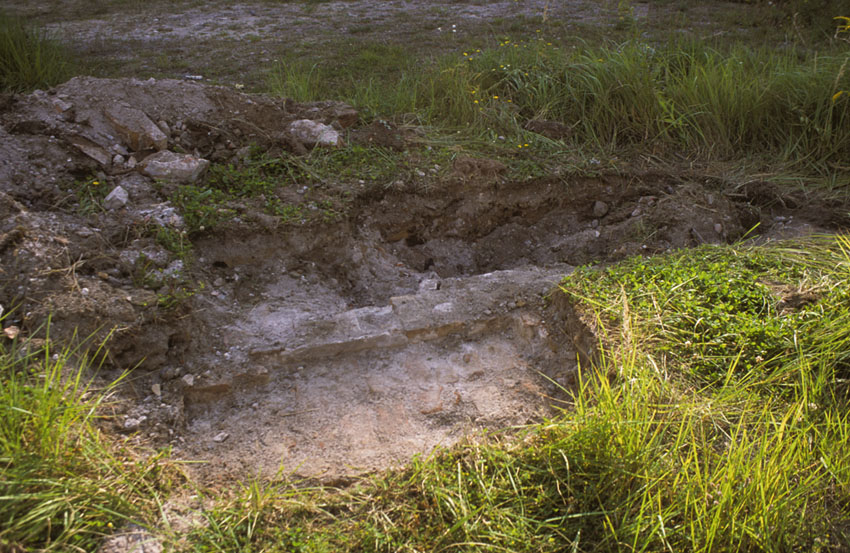
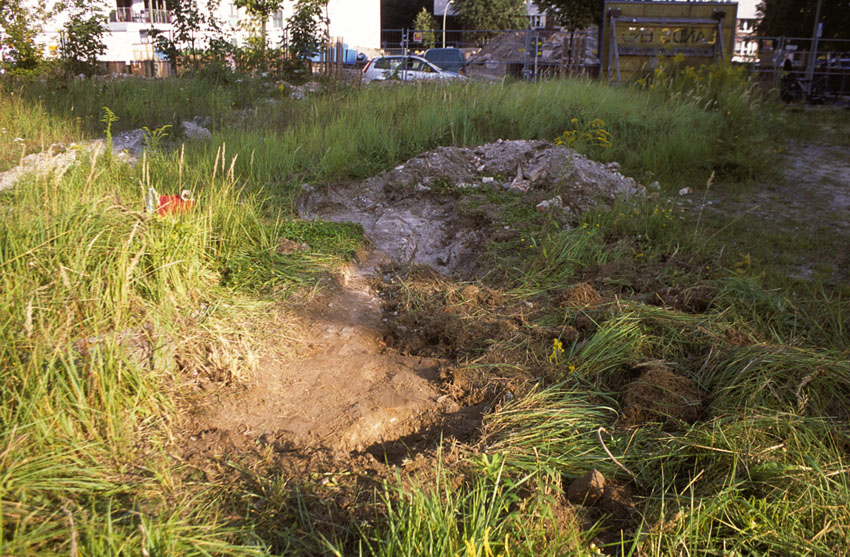
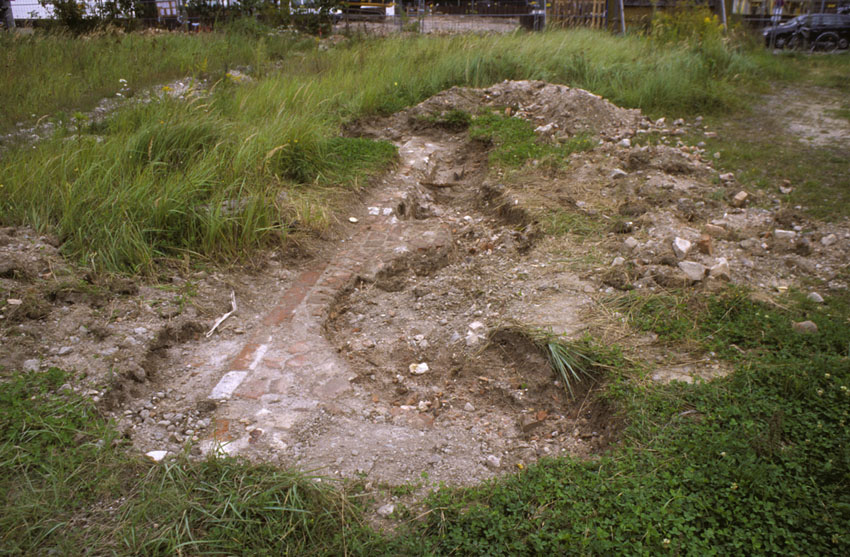
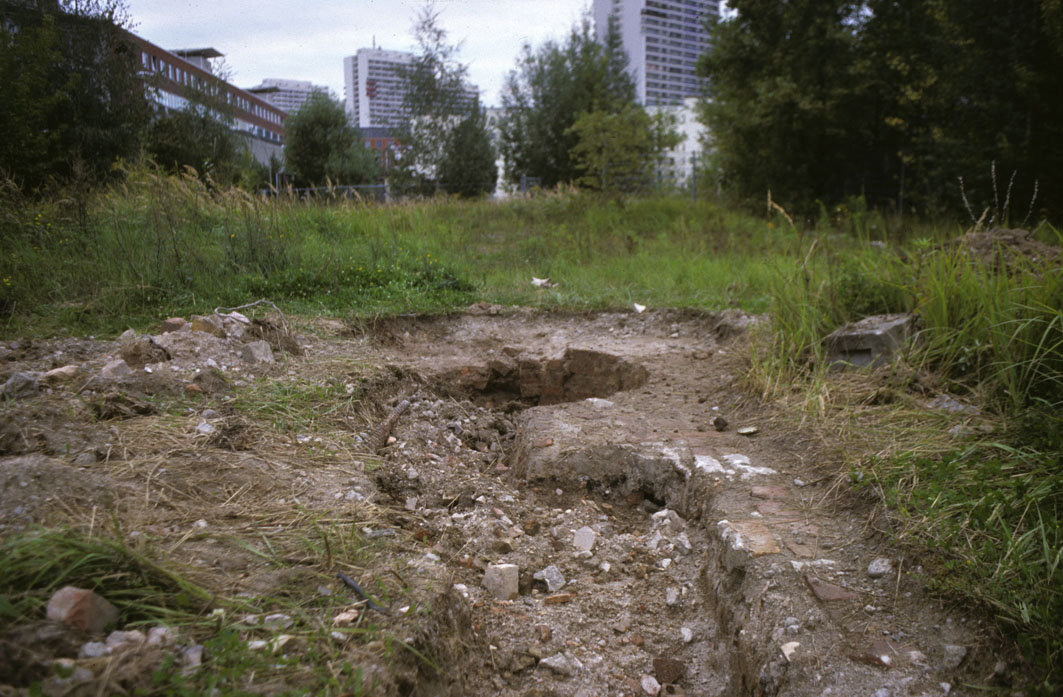

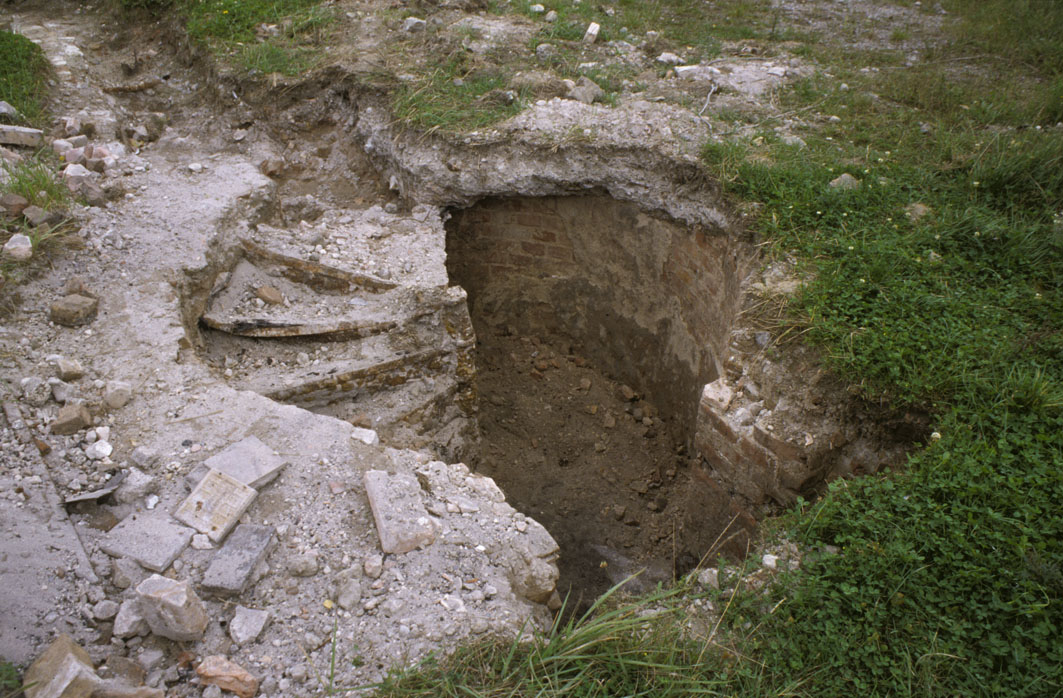
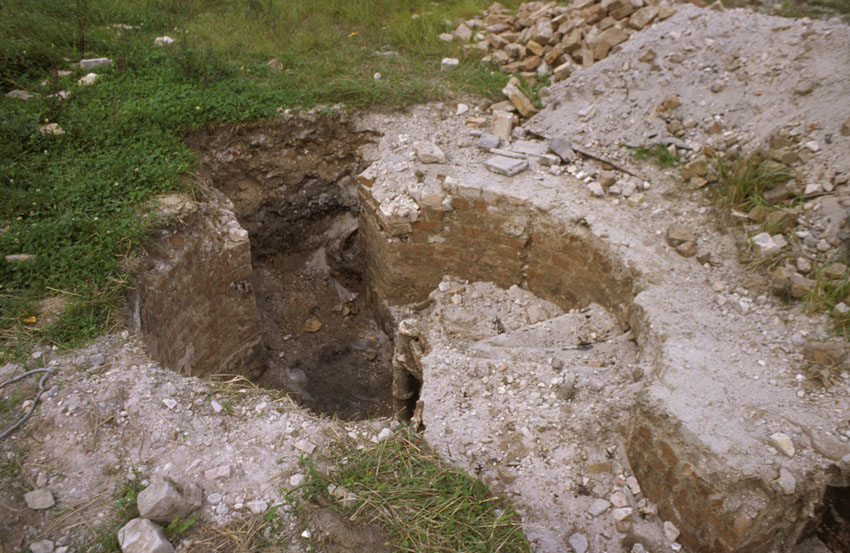
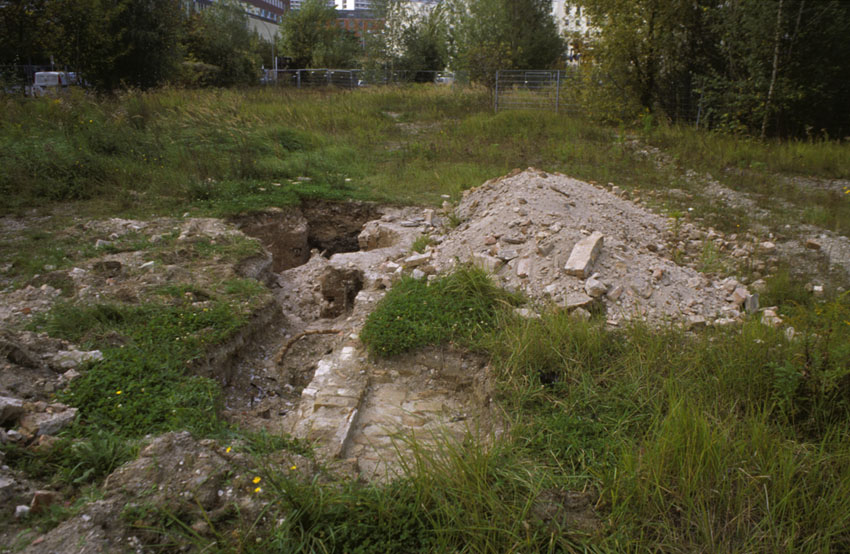
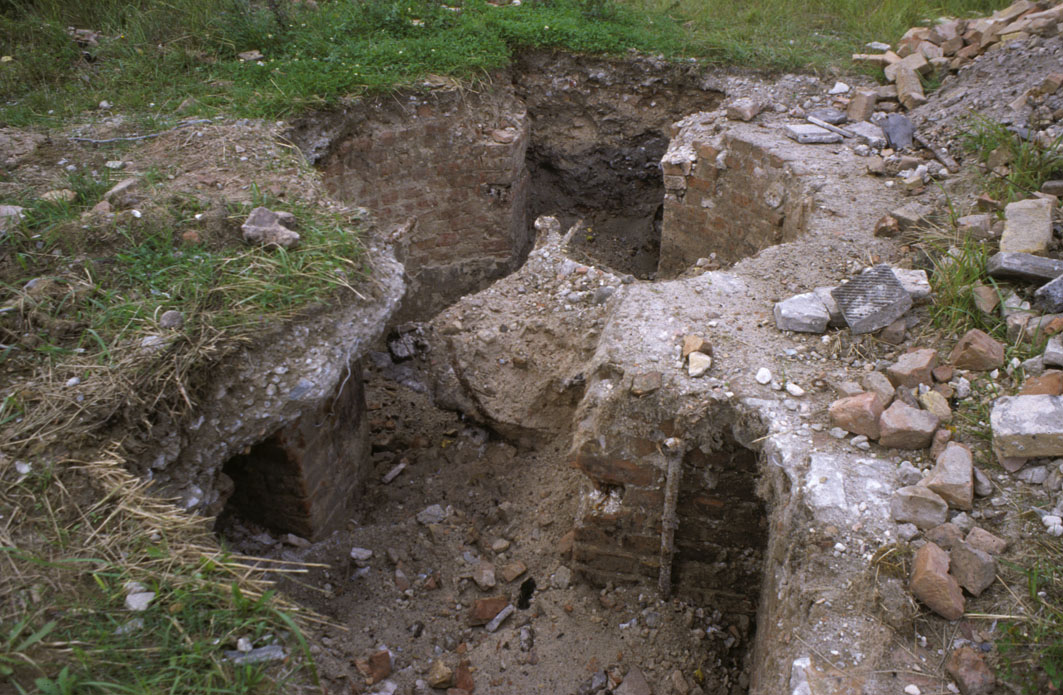
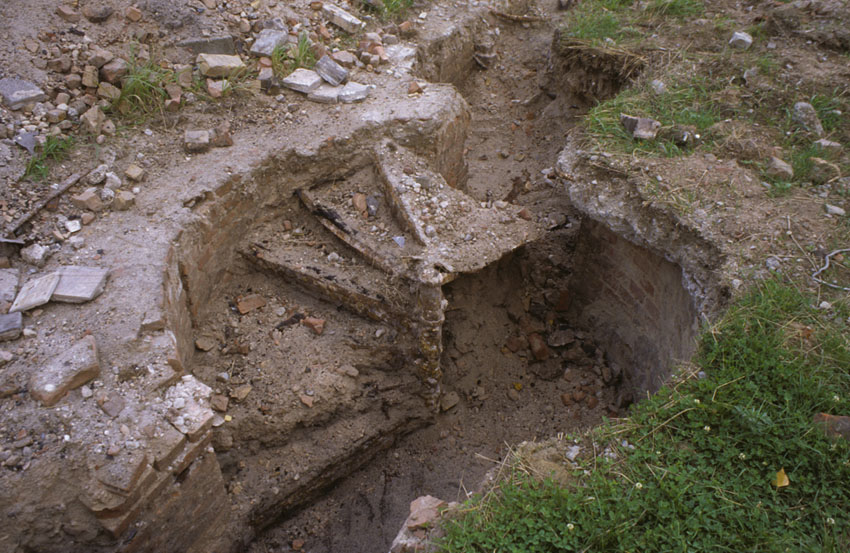

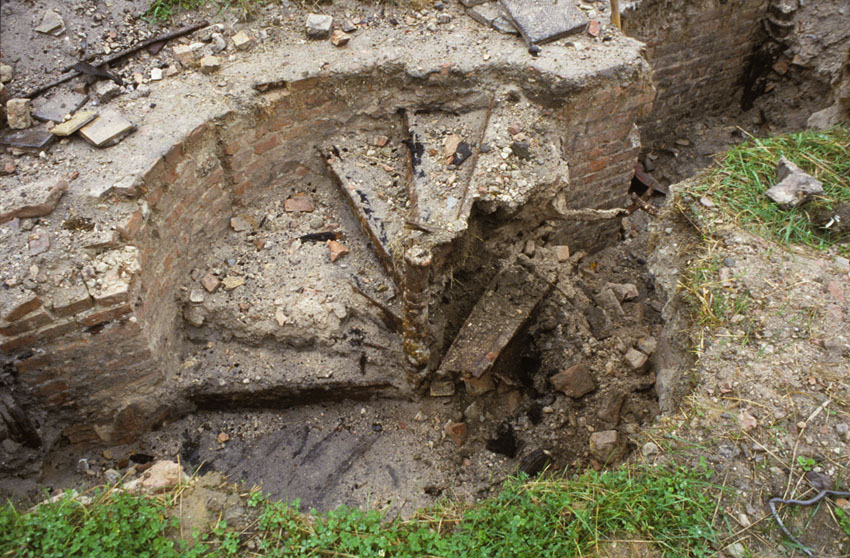
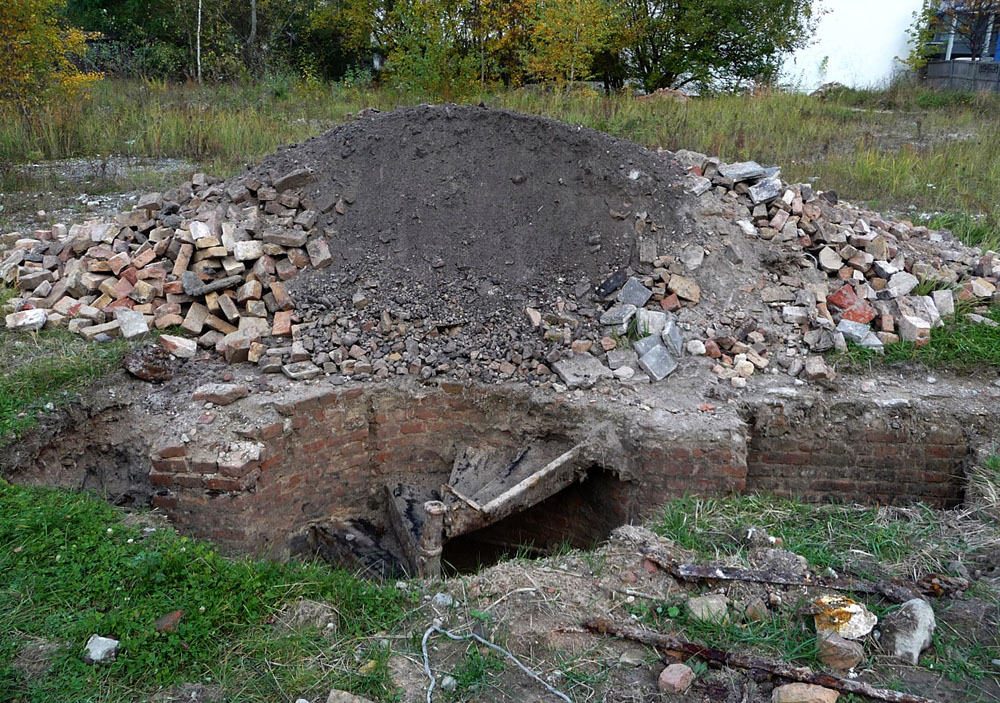
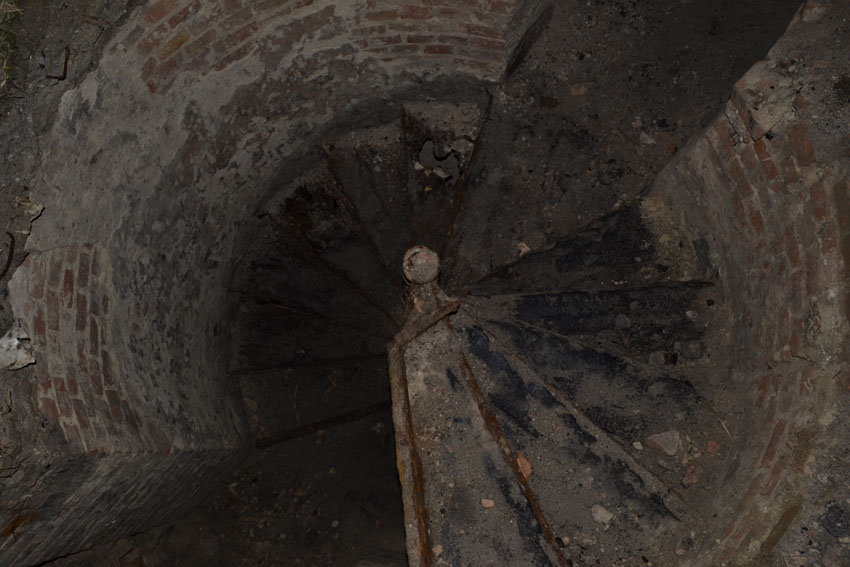
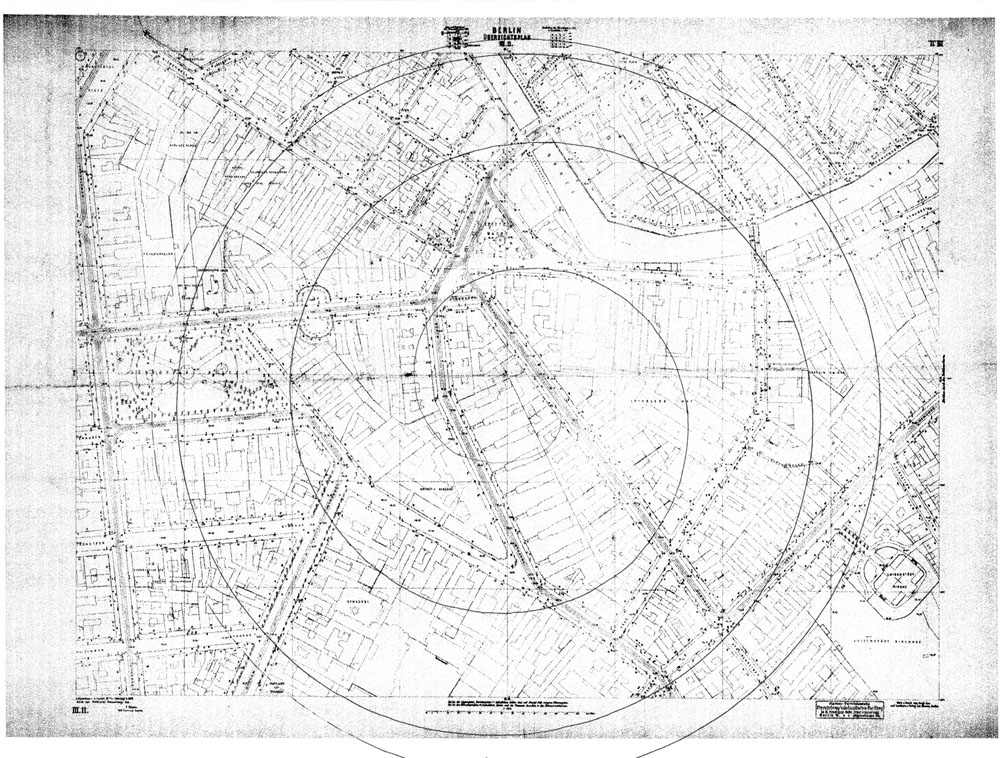
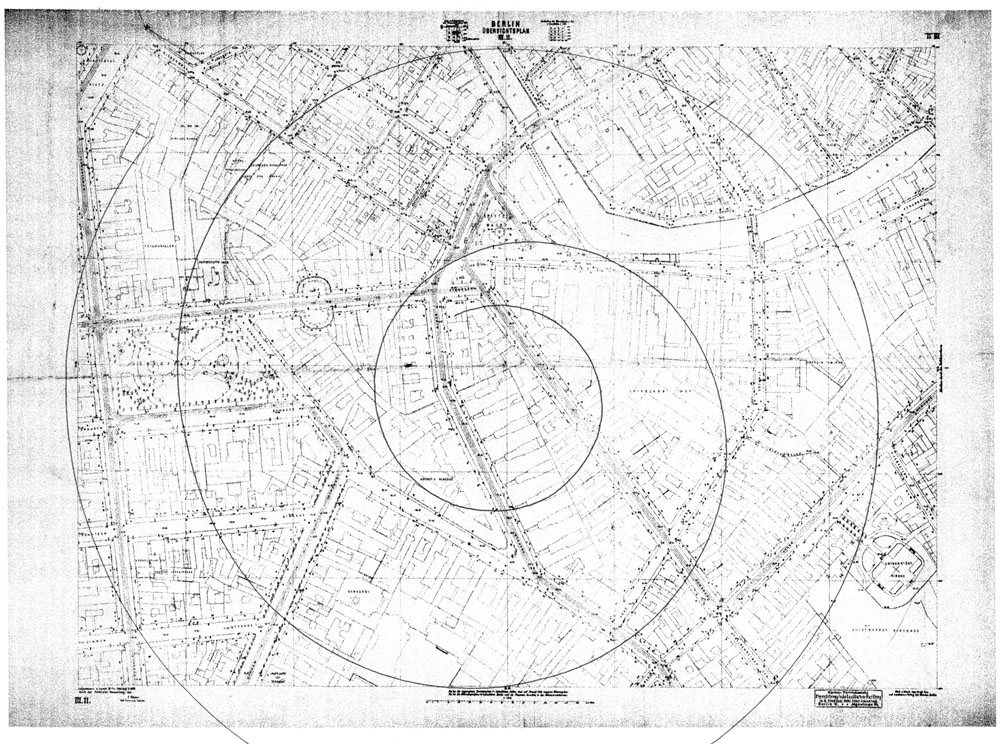
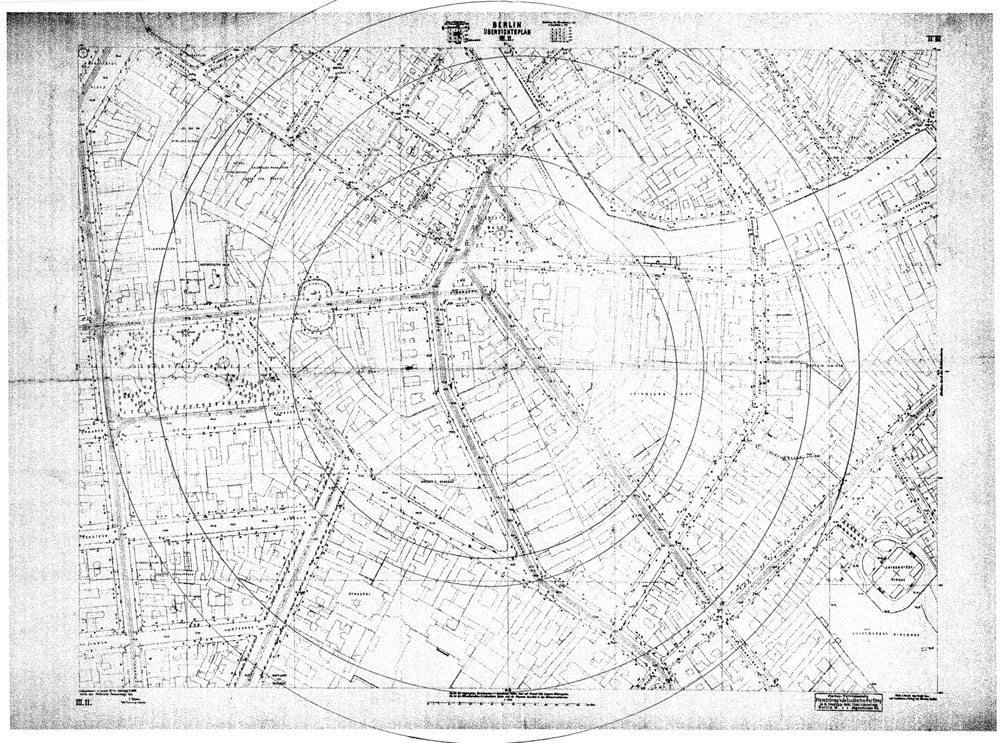

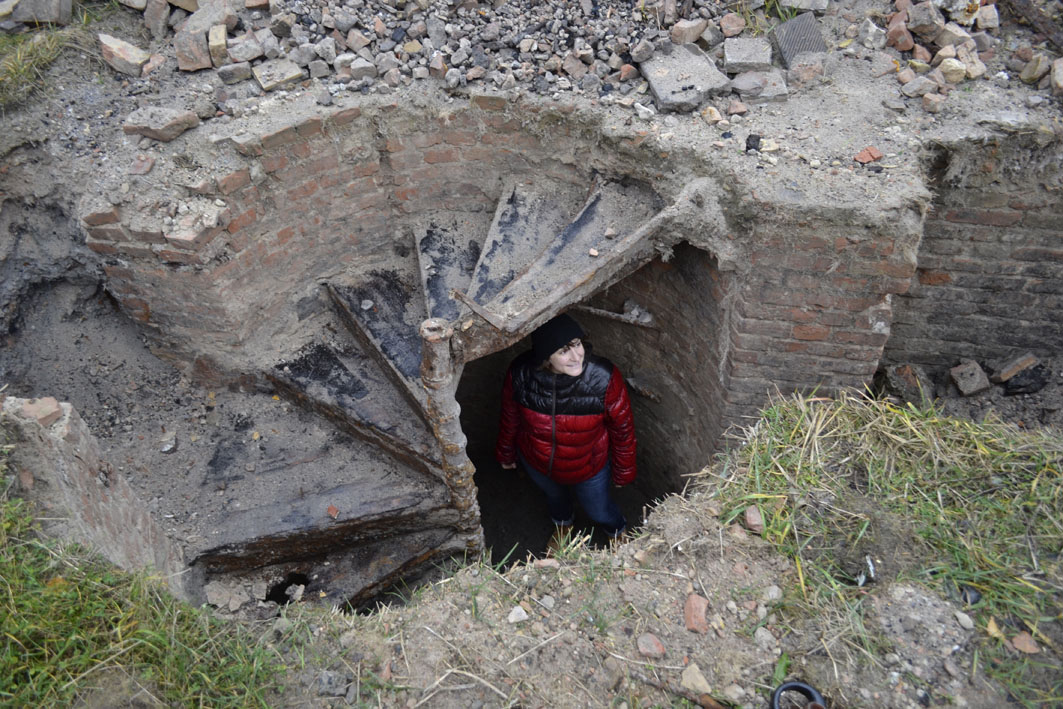
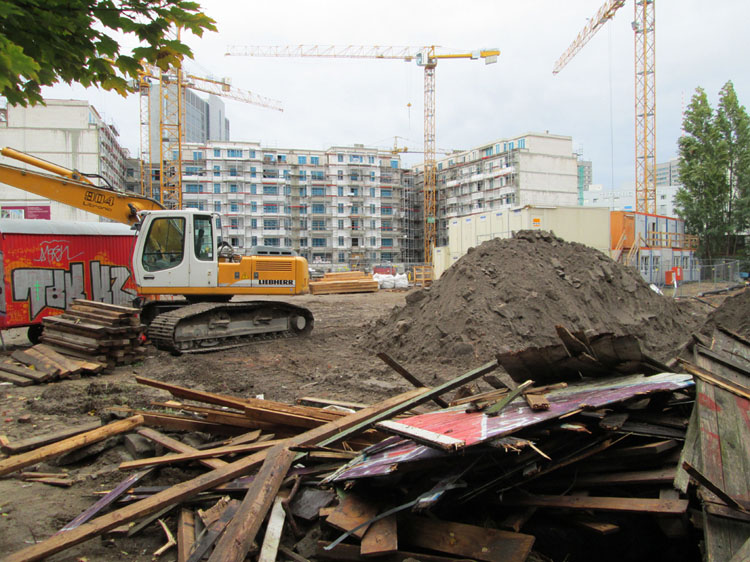
In 2004, the Berlin Senate commissioned a report on the status of the former "anti-fascist protection rampart," in which it was observed that the control areas around the wall had been left free and now were home to what was called "spontaneous vegetation in the emptiness of the former death strip." Gardeners call them "volunteers"—plant life that grows up of it's own accord—and in the area just north of Nordbanhof one can still get a sense of this "spontaneity."
This strip of wildness down the center of the city has grown smaller and smaller in recent years. But there seems to be little or no urban or civic planning involved in this development, leading some urbanists to call these areas "The New Death Strip," as the used-car lots, discount grocery stores, and now condominium developments are established with little broader vision of history or even the future. Paradoxically, because the new structures seem to erase or void the historical and political symbolism of such sites, new buildings full of people seem to actually diminish rather than add.
Skulpturenpark Berlin_Zentrum has, perhaps uniquely, insisted through practice on a kind of cultivation of this "dead zone." But their working area has grown smaller and smaller, increasingly surrounded by new housing developments.
Against this backdrop, as the city grows up around him, almost overnight, Erik Smith has gone digging. Along a line of different kinds of excavations by Smith, this practice unearthed a structure below the surface: a partial staircase that he has followed down while it has emerged upwards. While the new buildings accumulate, another architecture was produced by Smith, upwards and downwards simultaneously.
Ash, soot, and ruins where local history and world history meet frequently: which particular fire, particular burial, particular inhabitant and their particular position, function, politics. Not far from where Smith is building, the main symbolic spaces, buildings and scultpures of German nationalism, and all that brings to mind, are being rebuilt.
I asked Smith if he would go to an archive and make that kind of research—old maps, old records—and he said he would, at some point—a point that keeps being pushed back into the future. Nietzsche wrote of the principle of a limited horizon—a space established in which one is not responsible to answer all questions, to all perspectives, and by holding some questions away, one can learn something else. In this way, perhaps we can understand that the process of discovery made in situ, with physical persistence has it's own status, and that knowing the "facts" might not help such a kind of discovery, but only interrupt it.
That (now withering) wild streak down the heart of the city was not only a symbol of some possibility, but a still shifting fragment, a question continually posed. In this case, on the ground, Smith has pried out and held open such a window of uncovering, as if the mechanics of revelation and experience of possibility were not only linked, but could in fact be the basis for their preservation.
Jeremiah Day, November 30, 2011
http://www.kunstrepublik.de/news/erik-smith-test-dig-no1-2011/
http://www.tip-berlin.de/kultur-und-freizeit-kunst-und-museen/erik-smith-im-skulpturenpark
http://www.art-in-berlin.de/incbmeld.php?id=2313&-erik-smith
http://abapublicart.wordpress.com/2011/10/30/derelict-public-spaces/